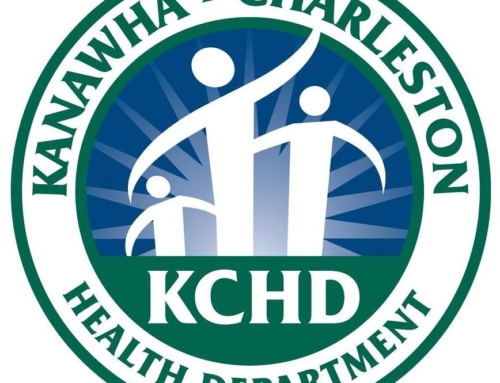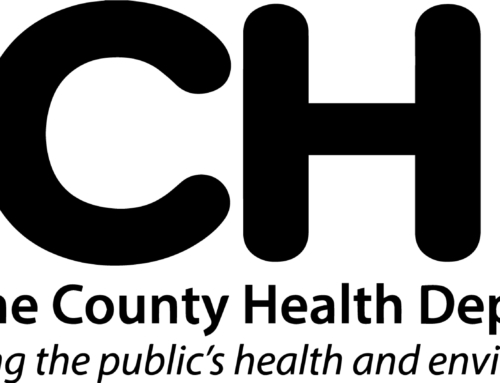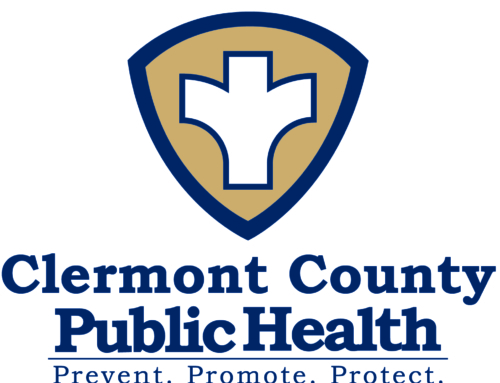Project Description
Improving Outcomes and Processes: How Accreditation Helps Orange County Health Care Agency Identify and Engage in Continuous Quality Improvement Activities
By Jane Chai, MPH
Orange County Health Care Agency was awarded PHAB accreditation in May 2016. In assessing its readiness for public health accreditation, Public Health Services identified a need for a performance management system that engaged staff throughout the service area and for performance management to be better linked to quality improvement (QI) activities. Orange County Health Care Agency had utilized the Balanced Scorecard performance management system since 2011. However, only select programs within Public Health Services were engaged in Balanced Scorecard activities. Also, Public Health Services launched a Quality Academy in 2013 and subsequently formed a QI Committee to support QI activities and training needs. While some programs took on QI projects, they were not a standard practice throughout the service area.
In March 2016, Public Health Services launched Public Health Initiative for Results and Excellence (PHIRE). The initiative built upon previous performance management and QI efforts and engaged programs throughout Public Health Services in these activities. Components of PHIRE include: 1) Needs assessment showing areas of highest need based on morbidity/mortality, trends, and disparities; 2) Review of current best practices and promising practices; 3) Program goals and objectives; and 4) Identification of QI focus and engagement in a QI Project. One of the most important outcomes has been the incorporation of quality improvement activities as a standard part of program planning and implementation. As part of PHIRE, programs submit an annual QI plan that includes a QI opportunity, an aim statement, and a basic plan for implementation. Plan-Do-Study-Act (PDSA) cycles are an expectation but the timing of those is determined by the program. By July 2017, 33 Public Health Services programs have PHIRE Annual Plans, representing almost 90 percent of programs.
Public Health Services’ Open House in celebration of National Public Health Week in April 2018 highlights the successful engagement of staff in various programs in quality improvement efforts. The Open House allowed programs to share how they have used QI principles and tools to make improvements in their work. Thirteen programs from across Public Health Services shared their QI stories, which ranged from improving client outcomes to creating more efficient processes. The story voted “Most Inspirational” at the Open House was California Children’s Services efforts to improve outcomes for children with brachial plexus palsy by working to improve coordination of care with Children’s Hospital of Orange County. The QI project identified the need for a staff liaison to coordinate activities and ultimately reduced the time for the referral process from 21 days to 6 days. Another project by the Public Health Laboratory showcased how staff streamlined communication by creating new forms to reduce lab staff time spent on courier issues and ensure accuracy of information needed for specimen pick up. Lastly, the Health Promotion division addressed the inefficiencies and frustration of their division’s shared drive by creating a standard for naming and sharing files, and ultimately reducing the number of main folders in the shared drive by 77 percent, from 71 to 16. These projects illustrate how PHIRE has helped staff continue to identify and engage in continuous quality improvement activities that improve outcomes and processes.
Orange County Health Care Agency in Santa Ana, California, was awarded national accreditation through the Public Health Accreditation Board on May 17, 2016.
About the author: Jane Chai, MPH, is Public Health Projects Manager at Orange County Health Care Agency in Santa Ana, California. Contact her at [email protected].
⇒ Other major benefits gained as a result of going through the accreditation process:
- Partnerships: Accreditation has helped us improve collaboration with community partners, including sharing of data and information and expansion of community health planning activities.
- Resources: Accreditation has helped to promote a culture or sharing and has increased collaboration across state and local health departments about best practices.




